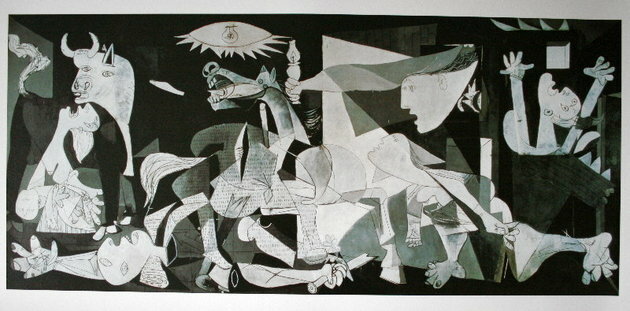There is no exact date for the emergence of the ancient art of origami, some historians believe that it emerged after the invention of paper, when it was introduced in Japan around the 5th and 6th centuries, being a natural consequence of the invention of paper. The technique originated in Japan, being perfected and propagated throughout the world.
Figures represented in origami have different meanings for Japanese people, such as, tsuru (stork) symbolizes happiness, good luck and health, the frog means love and happiness, among others. The first folds were created when state and religion were one, thus representing the nature of religious ceremonies.
Do not stop now... There's more after the advertising ;)
These, however, were the mixture of origami and kirgami (art of forming figures through cutouts of papers), were made from papers manufactured solely for the use of priests Shintoists. With the intention of honoring the spirit of the trees that gave life to the paper, the Shinto priests began to preach strict rules for the art of origami, such as not cutting or pasting the sheets.
Until the middle of the 19th century, the art of folding was restricted to adults due to the high cost of paper, however, in 1876, origami began to be taught in schools, as part of Japanese education.
by Eliene Percília
Team Brazil Escola.com
Would you like to reference this text in a school or academic work? Look:
SCHOOL, Team Brazil. "Origami"; Brazil School. Available in: https://brasilescola.uol.com.br/artes/origami.htm. Accessed on June 28, 2021.



